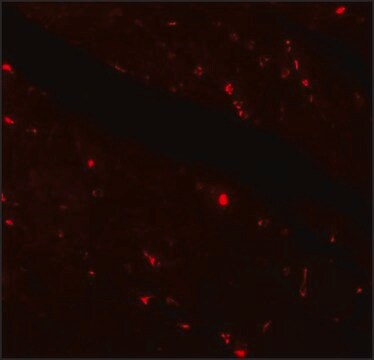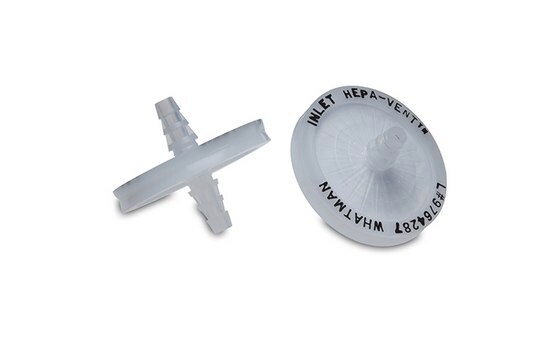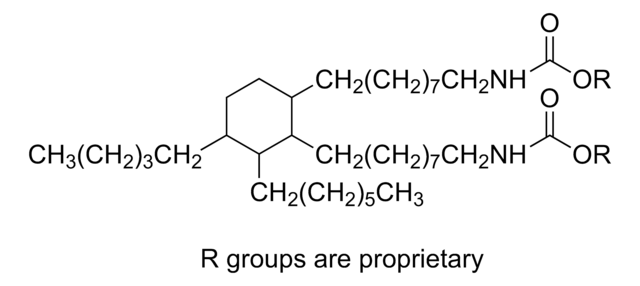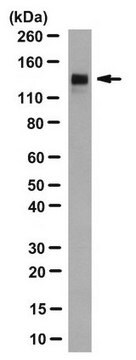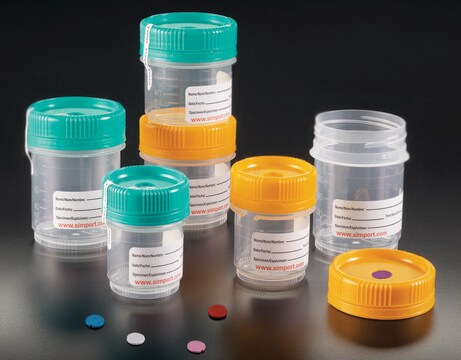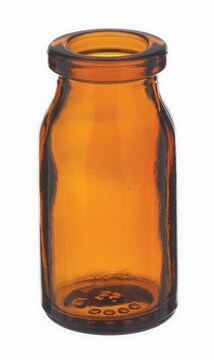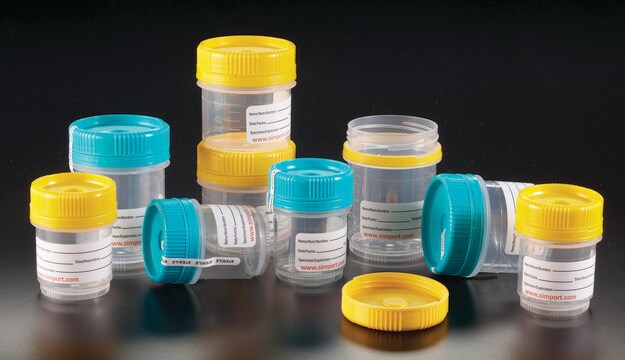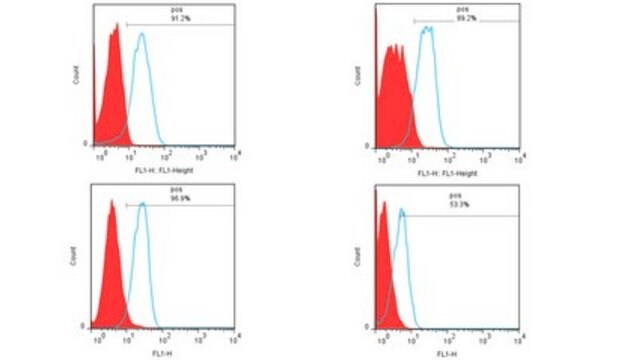Opis ogólny
Klotho (UniProt: Q9UEF7; also known as EC: 3.2.1.31) is encoded by the KL gene (Gene ID:9365) in human. Klotho is a homodimeric, highly N-glycosylated, single-pass type I membrane protein that is present in kidney, placenta, small intestine, and prostate tissue. In kidney it is predominantly present in cortical renal tubules. A soluble secreted form (isoform 2, ~ 64 kDa) is present in serum and cerebrospinal fluid. The Klotho peptide generated by cleavage of the membrane-bound isoform (Isoform 1) is considered as an anti-aging circulating hormone that is reported to extend life span by inhibiting insulin/IGF1 signaling. It also acts as a cofactor for interaction of FGF23 with FGF R1, which negatively regulates the activity of 1-alpha-hydroxylase, the rate limiting enzyme in the synthesis of 1,25(OH)2D3. Klotho is synthesized with a signal peptide (aa 1-33), which is subsequently cleaved off to generate the mature form that has an extracellular domain (aa 31-981), a short transmembrane domain (aa 982-1002), and a short cytoplasmic tail (aa 1003-1012). Deficiency of Klotho is reported to shorten life-span in animal models with a myriad of disorders associated with old age, such as arteriosclerosis, osteoporosis, and skin atrophy. Klotho deficient mice also display severe hyperphosphatemia and soft tissue calcification. On the contrary, over-expression of Klotho is shown to extend life-span in murine models by about 30% with side effects, such as mild insulin resistance and enhanced resistance to oxidative stress. Defects in KL gene has been linked to chronic renal failure complications.
Specyficzność
Clone KL-115 is a rat monoclonal antibody that specifically detects human Klotho. It targets an epitope with in 207 amino acids from the KL1 domain from the N-terminal region.
Immunogen
GST-tagged recombinant fragment corresponding to 207 amino acids from the extracellular domain from the N-terminal region of human Klotho.
Zastosowanie
Anti-Klotho, clone KL-115, Cat. No. MABN2398, is a highly specific rat monoclonal antibody that targets klotho and has been tested in Immunocytochemistry, Immunohistochemistry (Paraffin), Immunoprecipitation, and Western Blotting.
Research Category
Neuroscience
Western Blotting Analysis: A represetative lot detected Klotho in Western Blotting applications (Maltare, A., et. al. (2014). Monoclon Antib Immunodiagn Immunoother. 33(6):420-7).
Immunocytochemistry Analysis: A represetative lot detected Klotho in Immunocytochemistry applications (Maltare, A., et. al. (2014). Monoclon Antib Immunodiagn Immunoother. 33(6):420-7).
Immunoprecipitation Analysis: A represetative lot immunoprecipitated Klotho in Immunoprecipitation applications (Maltare, A., et. al. (2014). Monoclon Antib Immunodiagn Immunoother. 33(6):420-7).
Jakość
Evaluated by Western Blotting in human kidney tissue lysates.
Western Blotting Analysis: A 1:1,000 dilution of this antibody detected Klotho in 10 µg of human kidney tissue lysates.
Opis wartości docelowych
~130 kDa observed; 116.18 kDa calculated. Uncharacterized bands may be observed in some lysate(s).
Postać fizyczna
Format: Unpurified
Rat monoclonal antibody in ascites with 0.1% sodium azide with 50% glycerol.
Unpurified
Przechowywanie i stabilność
Stable for 1 year at -20°C from date of receipt. Handling Recommendations: Upon receipt and prior to removing the cap, centrifuge the vial and gently mix the solution. Aliquot into microcentrifuge tubes and store at -20°C. Avoid repeated freeze/thaw cycles, which may damage IgG and affect product performance.
Inne uwagi
Concentration: Please refer to lot specific datasheet.
Oświadczenie o zrzeczeniu się odpowiedzialności
Unless otherwise stated in our catalog or other company documentation accompanying the product(s), our products are intended for research use only and are not to be used for any other purpose, which includes but is not limited to, unauthorized commercial uses, in vitro diagnostic uses, ex vivo or in vivo therapeutic uses or any type of consumption or application to humans or animals.
This page may contain text that has been machine translated.
